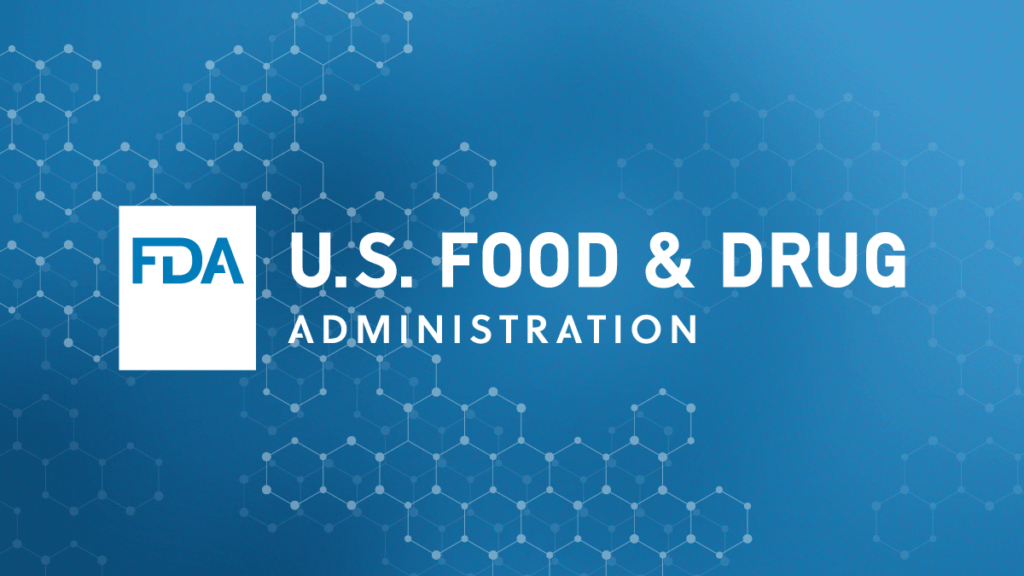The U.S. Food and Drug Administration (FDA) hosted a webinar today to discuss several topics related to the safety of leafy greens.
After FDA’s Deputy Commissioner for Food Policy and Response Frank Yiannas offered insightful opening remarks, the following topics were discussed:
- Latest Outbreak Investigation Report
- California Longitudinal Study and CDFA update
- Agricultural Water Treatment Update
- Leafy Green Traceability Pilots
Latest E. coli Outbreak Investigation
FDA leadership discussed key findings in the “Factors Potentially Contributing to the Contamination of Romaine Lettuce Implicated in the Three Outbreaks of E. coli O157:H7 during the Fall of 2019” report. The agency considers adjacent or nearby land use for cattle grazing as the most likely contributing factor associated with these three outbreaks. This report was released on May 2020, click here to see the original release and full report.
California Longitudinal Study and CDFA Update
An update regarding a recently launched study to review the different factors that may contribute to contamination of leafy green was discussed. This portion of the webinar emphasized how the California Department of Food and Agriculture (CDFA) is taking a whole systems approach and looking at the inter-connectedness of agriculture in California.
CDFA has been instrumental in coordinating this effort. Some important milestones for the Longitudinal Study include:
- The Industry Advisory Committee as well as the Communications/Coordinator Committee have been formed.
- The Academic Advisory Committee has been formed and is working closely with the Western Center for Food Safety.
- The research team has begun initial sampling efforts.
New Protocol for Treatments for Preharvest Ag Water
FDA announced a new protocol for the development and registration of antimicrobial treatments for preharvest agricultural water. For full details about this release, click here.
The protocol is intended to help companies develop data on the effectiveness of their products in inactivating pathogens (e.g., E. coli or Salmonella) in preharvest agricultural water. Though FDA recognizes that effective treatments could be a valuable tool in helping to prevent foodborne illnesses, there are currently no registered antimicrobial treatment products that are authorized to control microorganisms of public health significance for use on agricultural fields, or for treatment of irrigation water systems or ponds. The new protocol, which was developed through a collaboration between FDA and the Environmental Protection Agency (EPA), means that companies may use the data developed using the protocol to support registration of new treatment products, or amendments to current products’ labels, for use against foodborne pathogens in pre-harvest agricultural water.
Leafy Green Traceability Pilots
New leafy greens traceability pilots will be launched and managed by six industry organizations, with the goal to support the need of achieving end-to-end traceability throughout the leafy greens supply chain. The pilots are meant to deliver the key traceability concepts needed for scaling better industry practices such as testing interoperability of tracing systems and public-private data sharing. They also will provide the industry with better visibility into FDA’s Coordinated Outbreak Response and Evaluation traceability processes and also to examine utility of the Produce Traceback Template, which was an outcome of the Romaine Task Force.
A few entities are already working on this pilot and they are expected to be completed in about two months. More information can be found at www.Producetraceability.org.




